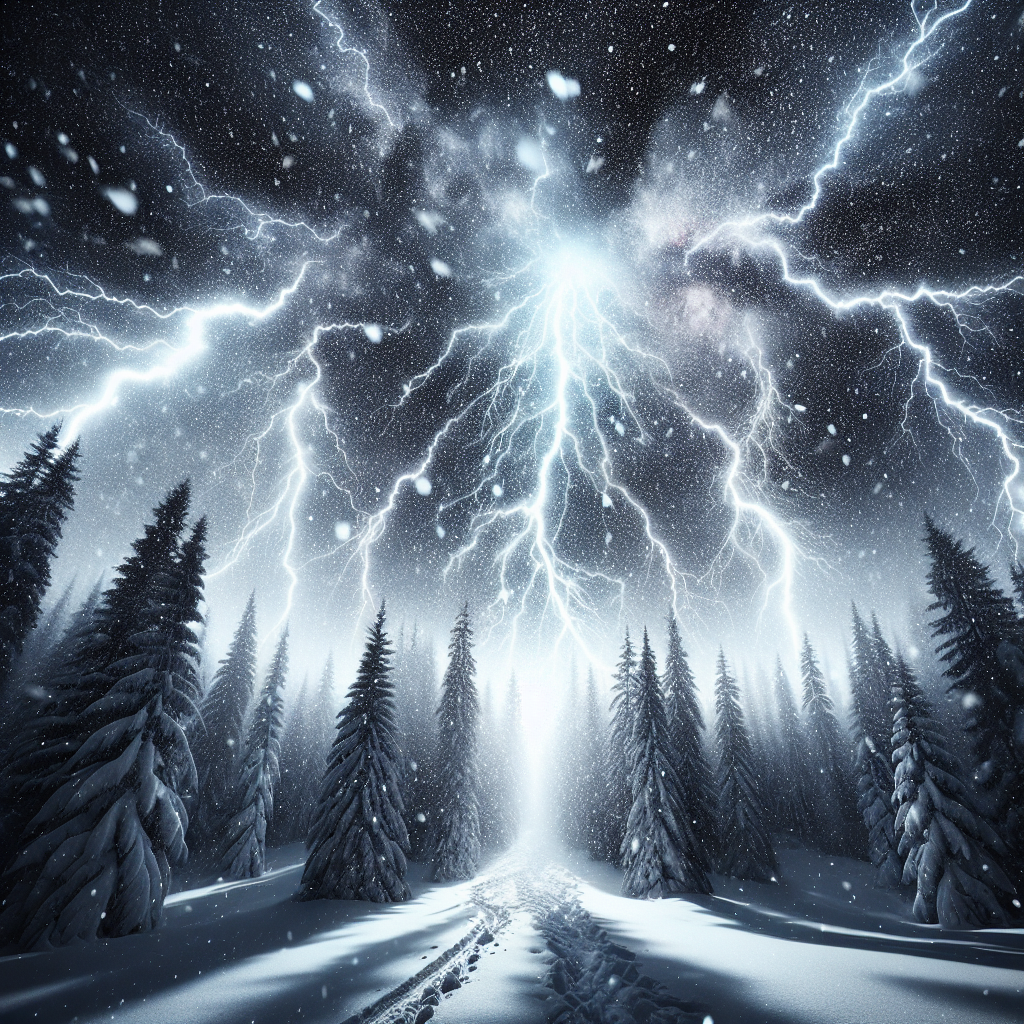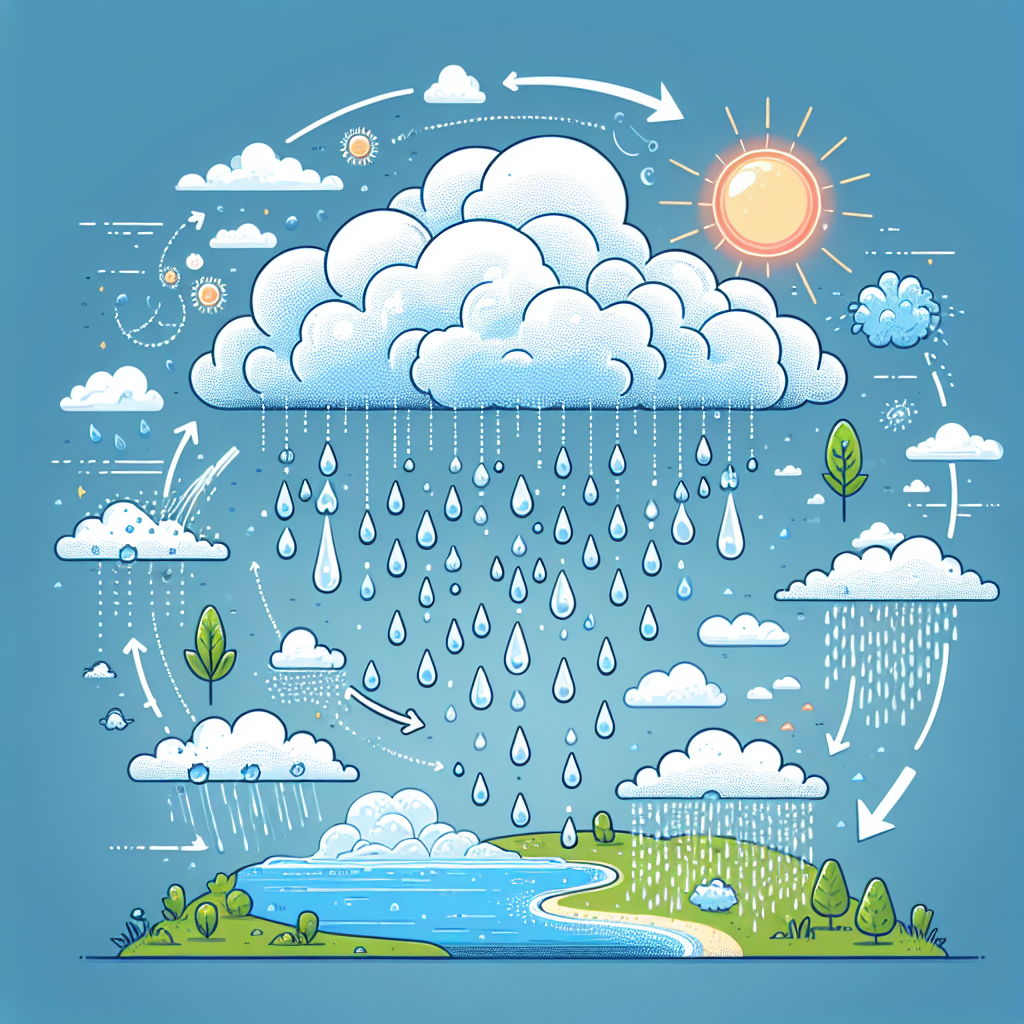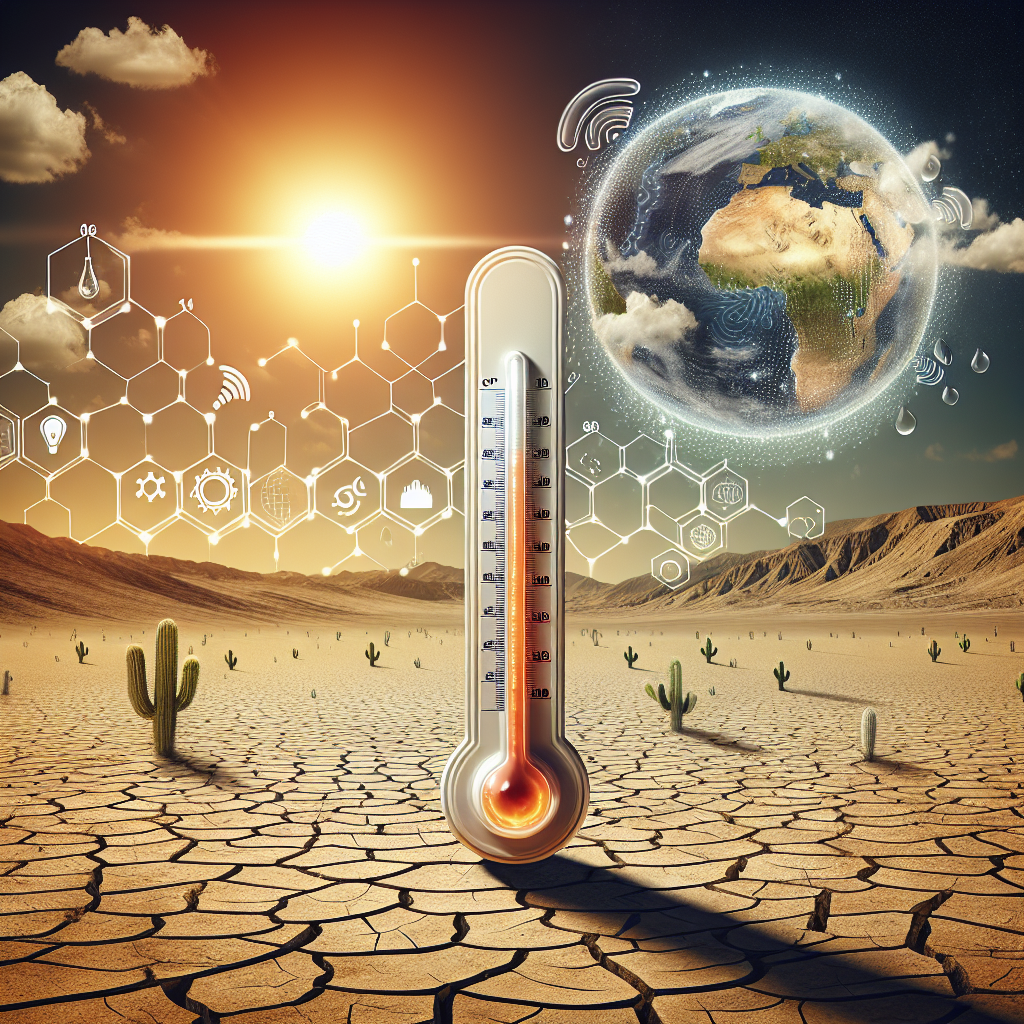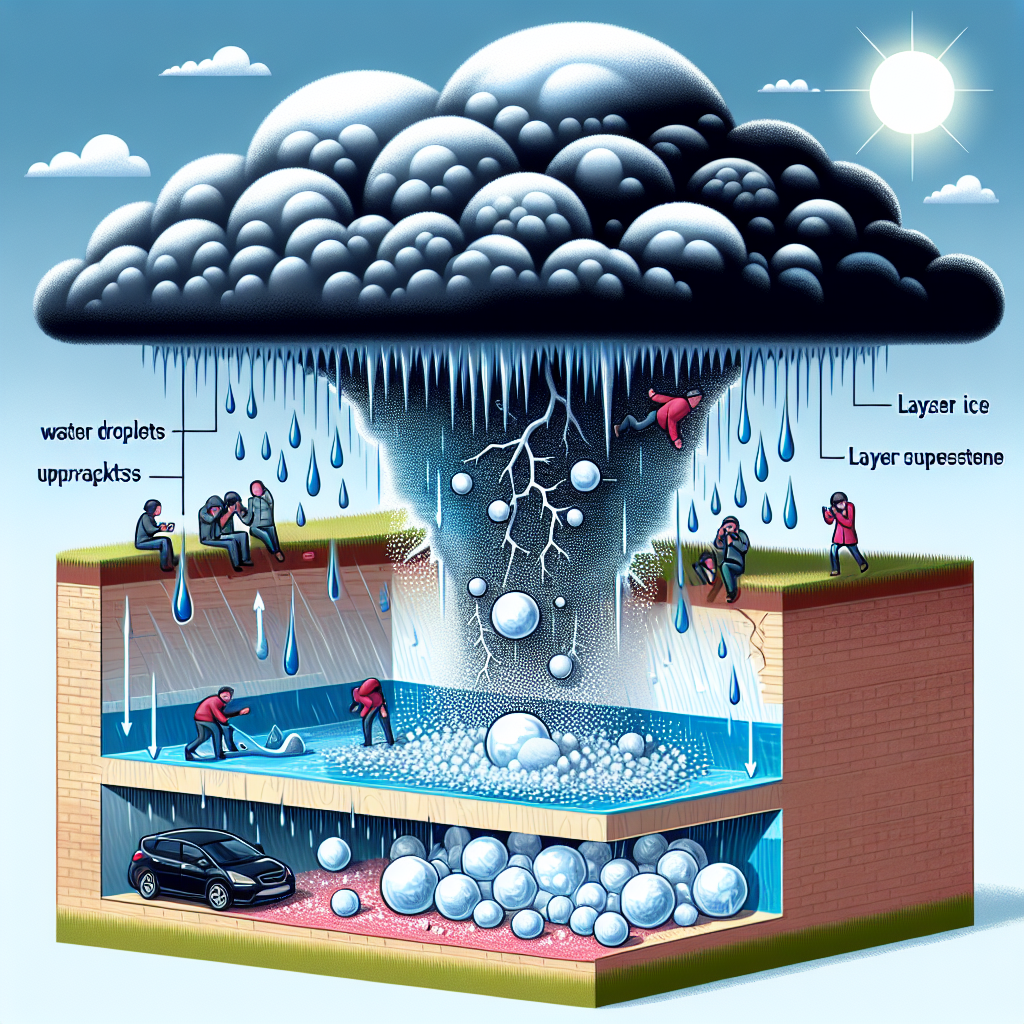Understanding Sleet and Its Impact on Winter Travel
What is Sleet?
Sleet is a form of precipitation that consists of small, translucent ice pellets. Unlike snow, which forms as ice crystals in the atmosphere, sleet occurs when raindrops freeze before hitting the ground. This typically happens when there is a layer of warm air in the atmosphere and a layer of below-freezing air near the surface, creating a situation conducive to the formation of ice pellets.
How Sleet Forms
Sleet formation involves a complex interplay of atmospheric conditions. Initially, moisture rises into the atmosphere, where it cools and condenses into cloud droplets. As these droplets fall through a layer of warmer air, they transform into rain. However, as they continue to descend, they encounter a subfreezing layer of air near the Earth’s surface, causing the liquid droplets to freeze into small ice pellets known as sleet.
Differentiating Sleet from Other Precipitation
To understand the impact of sleet on travel, it’s essential to distinguish it from other winter precipitation types:
- Snow: Fully crystallized ice that falls as soft, fluffy flakes.
- Freezing Rain: Rain that falls as liquid but freezes upon contact with cold surfaces, creating a glaze of ice.
- Hail: Larger balls or irregular lumps of ice that form within thunderstorm updrafts during warmer months.
Sleet is generally smaller than hail and does not require the violent atmospheric conditions associated with thunderstorms.
The Meteorological Implications of Sleet
Sleet is most common in winter months and can significantly impact weather patterns. Its formation generally indicates a transition phase between winter storm types, often appearing at the tail end of a snow event or preceding freezing rain. Understanding these patterns is crucial for meteorologists when issuing weather warnings and advisories.
Effects of Sleet on Travel
Road Safety:
Sleet can create hazardous driving conditions, as the ice pellets can accumulate on roads, reducing traction. Unlike snow, which may be plowed away, sleet forms a layer of ice that is challenging to treat with salt or sand. Drivers are advised to reduce speed, increase following distances, and avoid sudden maneuvers.Reduced Visibility:
During sleet events, precipitation can obscure visibility for drivers. The ice pellets hitting the windshield create a staccato sound that can distract drivers, further heightening the risk of accidents.Air Travel Disruptions:
Sleet can impact airports by affecting takeoff and landing conditions. The accumulation of ice on aircraft wings can delay departures, while adverse runway conditions can lead to cancellations or diversions.Pedestrian Hazards:
Sidewalks and public pathways can become treacherous due to the accumulation of sleet. Many cities deploy snow removal services only for snow or freezing rain, leaving sleet accumulation in place, thus increasing the likelihood of slips and falls.Transportation Infrastructure:
Sleet can impact the integrity of road systems. The ice can create ruts and grooves in asphalt, leading to long-term wear and requiring expensive repairs. Local governments must allocate resources strategically to address these winter weather challenges.
Preparing for Sleet Events
Travelers should take proactive measures in anticipation of sleet conditions:
- Monitor Local Weather Updates: Utilize reliable sources like the National Weather Service (NWS) to stay informed about impending sleet events and road conditions.
- Equip Your Vehicle: Ensure your vehicle is winter-ready by checking tire tread depth and replacing wiper blades. Consider carrying emergency supplies such as blankets, food, water, and a first aid kit.
- Adapt Driving Habits: If you must travel during sleet conditions, allow extra time for your journey. Plan alternate routes that may be better maintained and have less traffic.
Sleet and Winter Preparedness
Home Preparations:
Homeowners should check and insulate pipes to prevent freezing and ensure proper heating systems are functioning before sleet conditions arrive. Additionally, clearing snow and ice from driveways and sidewalks can prevent hazards.Emergency Kits:
In preparation for severe weather events, having an emergency kit that includes food, water, flashlight, batteries, and first aid supplies can be invaluable. Ensure that your kit is easily accessible in case of power outages.Community Awareness:
Fostering a culture of preparedness within communities can enhance safety during severe weather. Neighborhood groups can exchange tips and coordinate snow removal efforts to improve accessibility for everyone.
Understanding the Long-term Effects of Sleet
As climate change continues to alter weather patterns, the frequency, and intensity of winter precipitation events, including sleet, may change. Communities must adapt to these shifts to safeguard infrastructure and ensure public safety effectively. Transportation agencies may need to invest in innovative technologies for monitoring road safety and rapid response strategies to handle sleet-related hazards.
Conclusion
Understanding sleet requires a multi-faceted approach that takes into account its formation mechanisms, its distinction from other precipitation types, and its potentially hazardous impacts on travel. Awareness of sleet’s unique characteristics allows individuals and communities to make informed decisions, enhancing safety during winter weather events. Through preparation, understanding, and adaptation, the challenges posed by sleet can be effectively navigated.



















